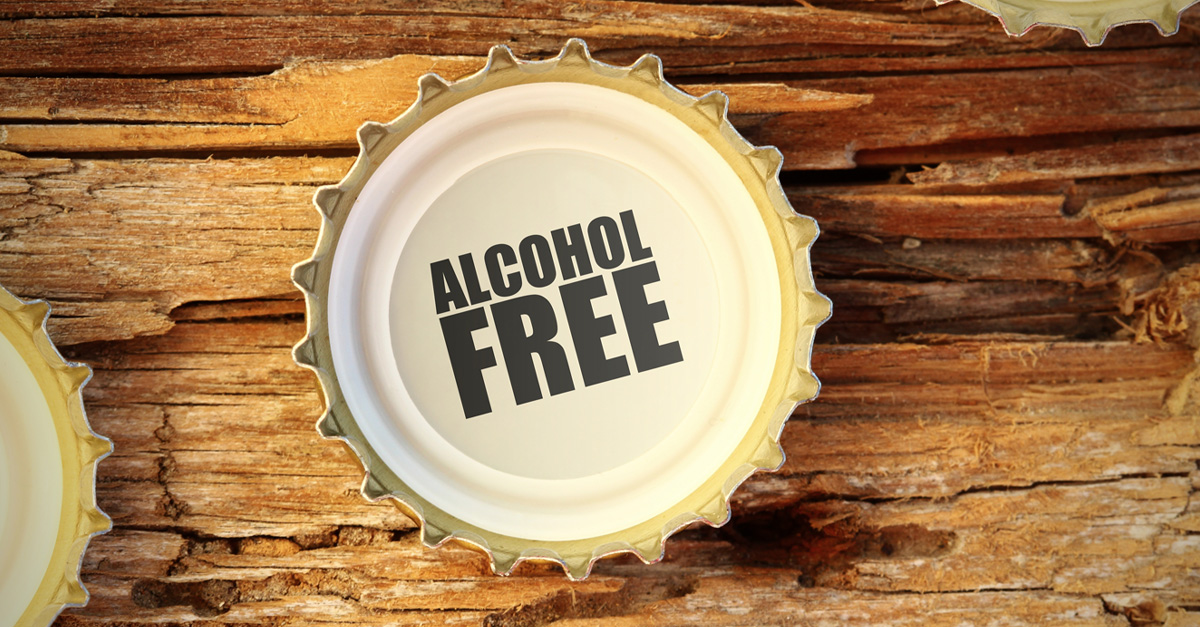Non-alcoholic (NA) beer has been on a non-stop tear. Last year, the NA beer and cider category experienced 30 percent volume growth, a number well above that of non-alcoholic wine and spirits, according to data analytics company IWSR. And that growth hasn’t slowed: This year, NA beer has been outpacing the total beer category, with on-premise beer sales by value down 2.9 percent year-over-year from May 2023 to May 2024. By contrast, non-alc beer was up a whopping 33.7 percent, as pointed out by CGA by NIQ.
With such undeniable consumer appeal, it’s important for said consumers to understand what exactly they’re drinking. The first lesson to learn about NA beer is that the products in the category aren’t technically beer. According to the Alcohol and Tobacco Tax and Trade Bureau (TTB), beer is a beverage containing “one-half of one percent or more of alcohol by volume, brewed or produced from malt, wholly or in part, or from any substitute for malt.” NA brews fall beneath this threshold, so producers are not legally able to label their products as “beer.” Instead, brands must opt for language like “near beer,” “brew,” “malt beverage,” or “cereal beer.” Moreover, the “non-alcoholic” and “alcohol-free” labels are not interchangeable. So, what’s the difference?
Non-alcoholic brews must have less than 0.5 percent ABV. To be TBB-compliant, the statement “contains less than 0.5 percent (or .5%) alcohol by volume” must be printed directly next to “non-alcoholic” on these cans or bottles in a legible font against a contrasting background.
Don’t Miss A Drop
Get the latest in beer, wine, and cocktail culture sent straight to your inbox.
The alcohol-free label carries even stricter requirements. The beer must contain 0.0 percent alcohol, and to verify a brand’s claim, each producer must send a liquid sample to the TTB for proper testing to ensure the beverage is truly zero proof. The distinction is likely why many brands like Guinness and Heineken have specifically leaned into the 0.0 messaging with their alcohol-free products.
It’s important to note that to feel the influence of the small amount of alcohol present in non-alcoholic brews, a person would need to drink over 40 cans. That said, if you want to ensure you’re avoiding all alcohol at all costs, it’s best to play it safe by opting for a can expressly labeled as “alcohol-free.”
*Image retrieved from WoGi via stock.adobe.com














